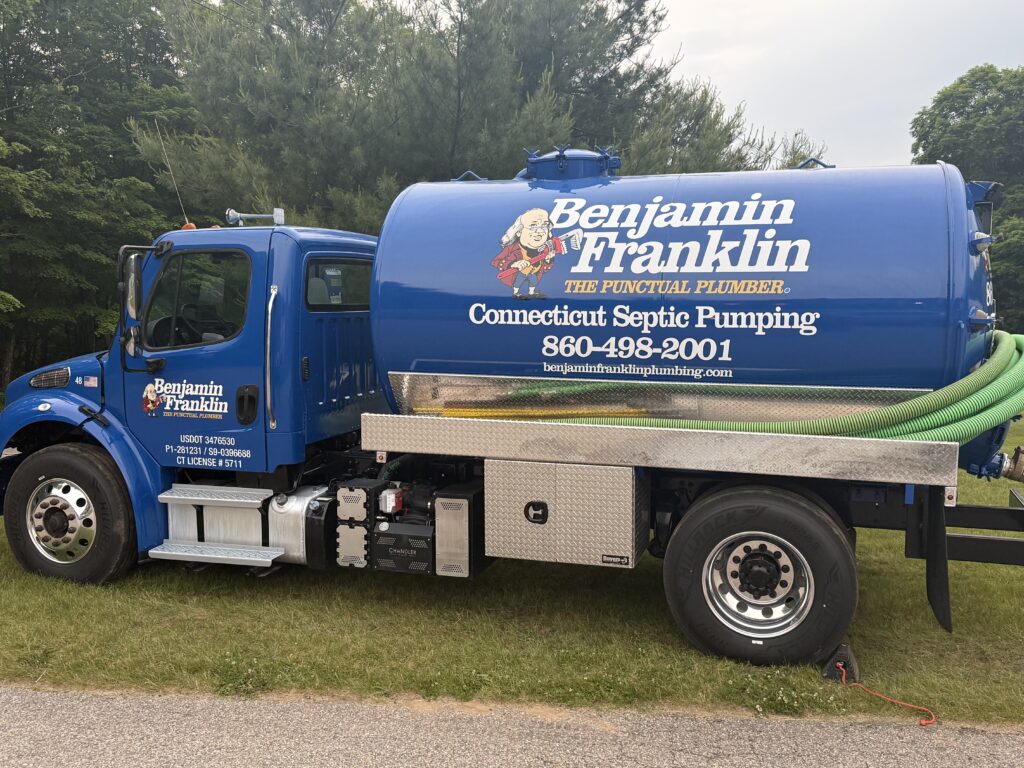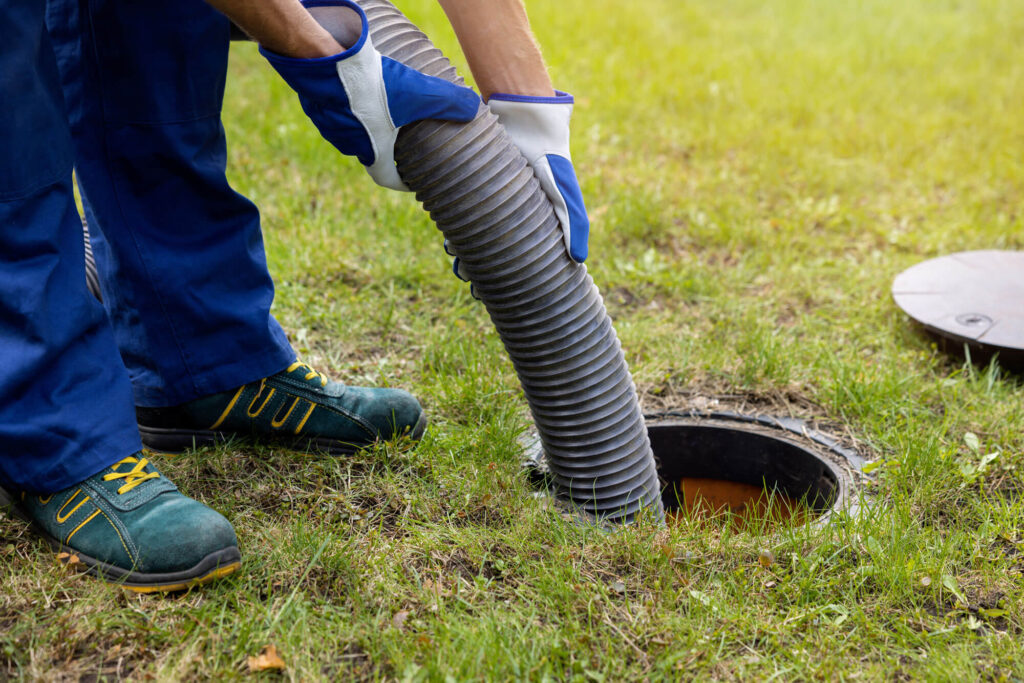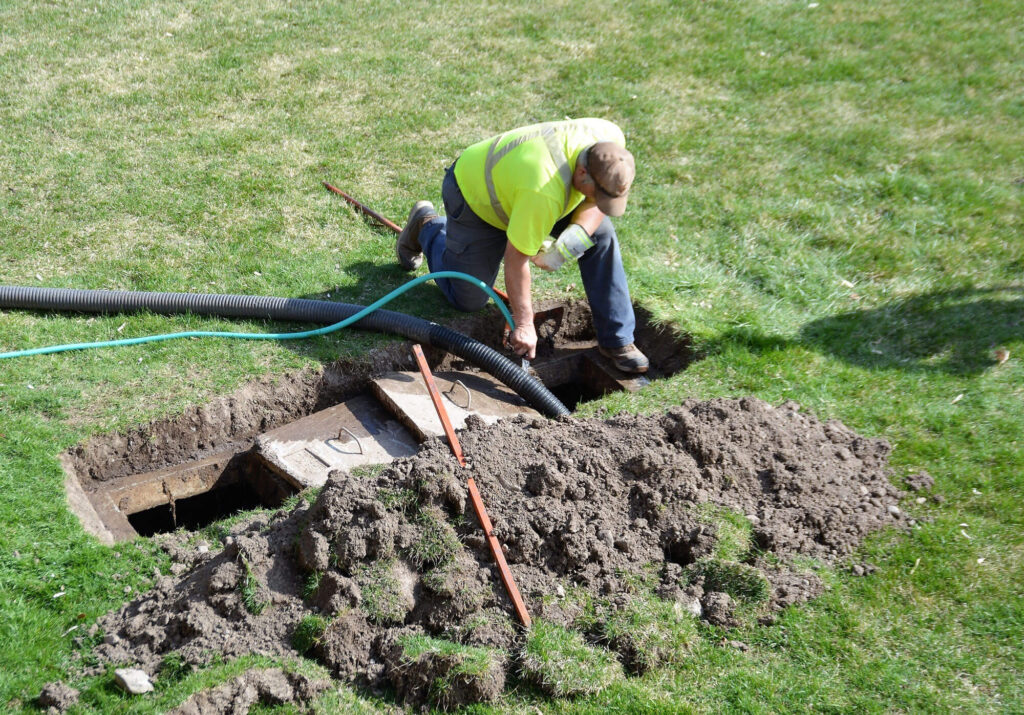Septic Installation
The Not-So-Basic Basics
A septic system is often one of the least understood components of a home’s plumbing—but it’s far more complex (and important) than just a tank in the ground. Think of it as your own personal wastewater treatment facility, carefully engineered to protect both your property and the environment—including your groundwater, which may be your drinking water source.
The Components of a Typical Septic System
A standard residential septic system includes:
- A sewer line from the home
- A septic tank
- An effluent line leading to a distribution box
- A leach field (also known as a drain field)


What Happens Inside the Septic Tank?
When wastewater leaves your home, it travels through the sewer line into a multi-compartment septic tank. Inside the tank, waste is separated into three layers:
- Sludge – Heavy solids that sink to the bottom
- Scum – Lighter materials like oils and grease that float to the top
- Clear Zone – The middle layer of partially treated wastewater
An inlet tee directs flow downward to help this separation, and a baffle between compartments keeps materials from moving too quickly through the system. In the second chamber, further separation occurs, and relatively clarified effluent flows through the outlet tee to the distribution box.
The Role of Bacteria and the Importance of Flow
When wastewater leaves your home, it travels through the sewer line into a multi-compartment septic tank. Inside the tank, waste is separated into three layers:
The septic tank uses naturally occurring anaerobic bacteria —microorganisms that thrive without oxygen—to break down organic matter. These bacteria work slowly, so time and flow management are critical. If too much water enters the tank too quickly (from heavy usage or leaks), it shortens the treatment time, reducing effectiveness.


Final Treatment in the Leach Field
The distribution box sends equal amounts of effluent to different sections of the leach field, where the real final treatment happens. As the wastewater moves through the soil, more bacteria and natural filtration remove impurities. Some water is taken up by plants or evaporates, while the rest continues through soil layers to replenish groundwater.

